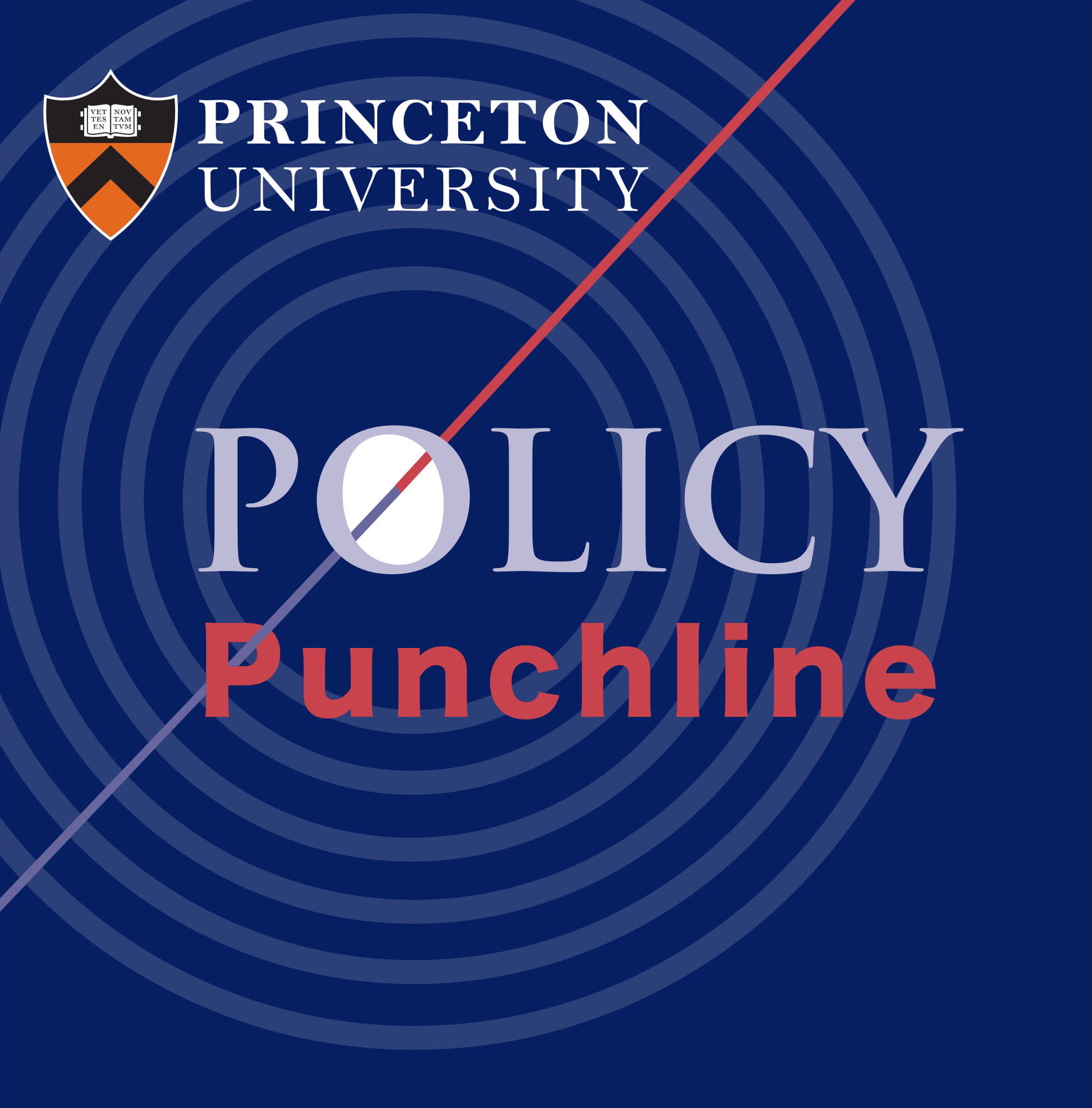The Fed's Christmas Present: A "Stock"-ing Full of QE for Equity Markets
by Tiger Gao and Will Carpenter
The Fed had their well-anticipated December FOMC meeting this past Wednesday. They will maintain the current pace of QE (quantitative easing) until achieving "substantial further progress" towards their dual mandate goals (higher inflation and lower unemployment). The announcement plays well into our recent email theme of market exuberance. Will Carpenter and I wrote the following note for your digest:
Consensus for easy monetary policy until 2023
The extremely accommodative QE program contains: buy around $80 billion in Treasuries and $40 billion in MBS (mortgage-backed securities) per month. These amounts are essentially keeping the same levels the Fed has had for the pandemic thus far. Unsurprisingly, the target interest rate will remain at 0.25%, and you can see the chart below that illustrates how every FOMC committee member’s expectations is for the interest rate to stay the same into 2023.
Individual blue dots are FOMC participants providing their outlook on where the FFR will be in a given year.
Hunt for yield justified by weak economy
It wouldn’t be prudent to analyze the stock market without conditioning its behavior on what is happening with interest rates and the bonds markets. Near-zero rates worldwide create undesirably low returns for bonds and many other fixed income investments, pushing investors into places where decent returns can actually be found… cue equites.
Wednesday's announcement is a nicely wrapped Christmas present for Wall Street and many corporations who have been enjoying cheap borrowing costs. Rates will remain artificially low, which makes the probability of yields spiking low. Money will have little other options outside high yield and equities to direct its focus on. A lack of alternative investment opportunities should help to ensure any bubble being inflated in equities will not be at risk of popping suddenly with the Fed in the background keeping things as expansionary as possible.
Stock market exuberance motivated by money escaping low-return, safe assets depicts a classic display of supply and demand.... too much money chasing too few things to buy, thus pushing up the prices. (WSJ has also covered this topic if you're interested in more background reading.)
This policy direction is expected considering a sluggish U.S. economy moving into the holidays. Unemployment and jobless claims remain comfortably above pre-pandemic levels. We are still 10 million jobs away from full employment, and unemployment in November was 6.7%. In its report, the Fed also projected the unemployment would decline to 3.7% in 2023 but would have a longer-run rate of 4.1%. It will take several years before we get the economy back to operating at full capacity.
So, it's not that we don't want the stock market to be in a bubble; it's just we have to prop it up for now to support the nascent economic recovery!! ;)
The “disastrous” outcome of Fed no longer pumping more money
You might be wondering right now: Is it really that big of a deal that the Fed still pumps so much money into the economy? Can’t they just stop the party?! Traveling back a few years in history to the "Taper Tantrum" of 2013 gives some color on what could happen.
Back then, the Fed announced a fairly large “taper” to their QE for the first time post the Great Recession, and the response was a market “tantrum'' – bond yields shot up because they’re inversely related to bond prices, and as more people sold bonds, prices declined and yields went up. The dollar rapidly appreciated in value because the Fed backing off created a deflationary environment with less money being pumped into the economy through purchasing securities. Stock prices fell dramatically because rates in the economy have risen, so equities were no longer the only attractive assets.
Below is a chart illustrating of how rapidly the US 10-year rate jumped during this “Taper Tantrum” period in 2013:
In our current pandemic world, tapering QE might produce a similar, rapid decline in bond and stock prices. Low treasury yields spiking up also puts pressure on the "easy" money many corporations have been taking advantage of during this period, with record sub-investment grade issuance.
Investors are probably breathing a sigh of relief that we most likely will not be seeing another “Taper Tantrum” for some time with the Fed's current policy. Again, it's a big present for equities where demand could be a primary determinant of the price appreciation we have been seeing unfold lately. Funds will most likely continue to flow into equity markets as the hunt for yield presses on.
The party goes on
So here's the logic: the party (or bubble, boom, growth, or however you'd like to see it) has to go on, because the broader economy is suffering and needs this party to go on...
Should we leave the party on? Is the party really helping small businesses or actually making larger businesses more powerful? Will more people suffer after this whole party eventually stops? Well, that's really besides the point since we don't really know how to exit the party, so it will have to go on no matter what...
Does this sound like a bubble or a tautology? Or is it just the best that our policymakers can do when they're simply unfortunately dealt with a bad hand? We don't know anymore... What do you think?




